Litecoin, launched in 2011 by Charlie Lee, is a peer-to-peer cryptocurrency designed for quicker transactions (typically completing in 2.5 minutes) and lower fees compared to Bitcoin. Its Scrypt mining algorithm makes it accessible for individual miners. Litecoin's speed, enhanced security, and lower transaction costs have contributed to its growing popularity among both crypto enthusiasts and users seeking faster digital payment solutions for retail and online transactions. Its real-world adoption has distinguished it from Bitcoin, making it a preferred choice for rapid and secure payments in e-commerce platforms and physical stores. While challenges like regulatory uncertainty and market volatility exist, Litecoin's future appears promising as more businesses adopt digital currencies.
Litecoin, launched in 2011, has gained significant traction as a popular cryptocurrency. Beyond its digital value, Litecoin is increasingly being adopted for real-world transactions, particularly in retail and online payments. This article explores the rise of Litecoin, highlights its benefits for payment systems, provides real-world use cases, and discusses future prospects and challenges for its widespread integration. Let’s delve into how Litecoin is revolutionizing the way we pay.
- The Rise of Litecoin: A Brief Overview
- Benefits of Using Litecoin for Payments
- Real-World Use Cases: Retail and Online Adoption
- Future Prospects and Challenges for Litecoin Payments
The Rise of Litecoin: A Brief Overview
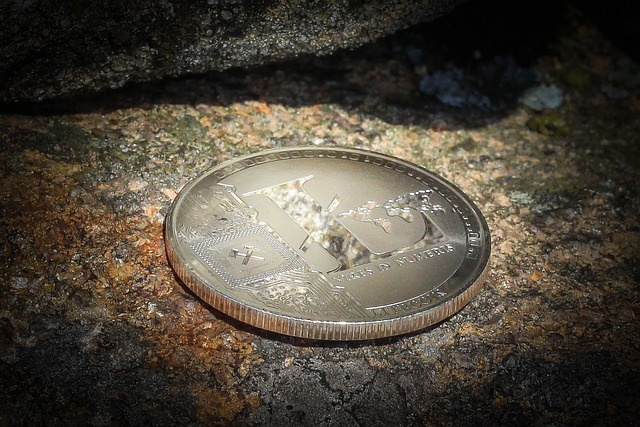
Litecoin, often referred to as the “silver to Bitcoin’s gold,” emerged in 2011 as a peer-to-peer cryptocurrency designed for faster transactions and greater flexibility than its more well-known counterpart. Created by Charlie Lee, a former Google engineer, Litecoin was built on the success of Bitcoin but aimed to address some of its limitations. It introduced a different mining algorithm, using Scrypt instead of SHA-256, which made it more accessible to individual miners.
The litecoin network has gained significant traction over the years due to its fast transaction times—typically completing in just 2.5 minutes—and lower fees compared to Bitcoin. This has led to widespread adoption not only among cryptocurrency enthusiasts but also in real-world applications, particularly for retail and online payments. Its increasing popularity is a testament to the growing demand for faster, more efficient digital payment solutions.
Benefits of Using Litecoin for Payments
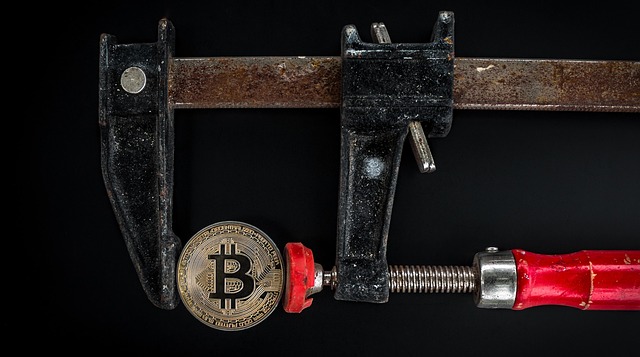
Litecoin offers several compelling advantages as a payment method, making it an attractive option for both businesses and consumers. One of its key benefits is speed; transactions with Litecoin are typically processed much faster than traditional banking systems, ensuring quicker settlement times for retailers and customers alike. This rapidity is particularly advantageous in fast-paced retail environments where efficiency matters.
Additionally, Litecoin provides enhanced security features. Utilizing a decentralized network, it offers robust protection against fraud and chargebacks, which are common concerns in online transactions. The transparency of the blockchain technology underlying Litecoin also adds an extra layer of trust for users, as all transactions are recorded publicly and immutably. This level of security can significantly reduce risks for both businesses and individuals engaging in digital payments.
Real-World Use Cases: Retail and Online Adoption
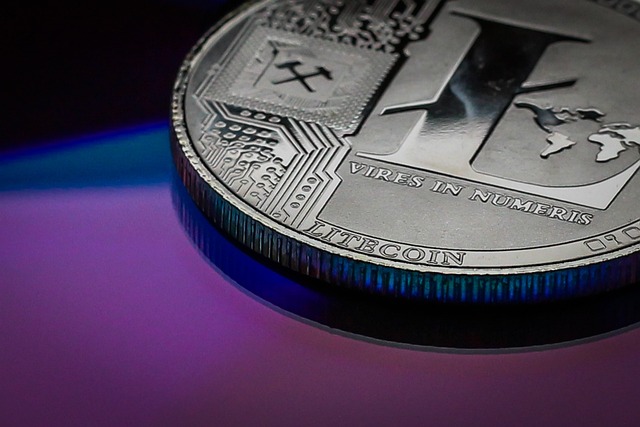
Litecoin, like its close cousin Bitcoin, has gained significant traction in the digital realm, but its real-world adoption is what sets it apart. One of the key areas where Litecoin is making waves is in retail and online payments. Its fast transaction speeds and relatively lower fees make it an attractive option for businesses looking to offer a seamless payment experience to their customers. Online retailers are increasingly embracing Litecoin as a valid payment method, catering to tech-savvy consumers who value speed and security.
This cryptocurrency’s everyday utility has led to its integration into various e-commerce platforms and online marketplaces, allowing users to make purchases with ease. Additionally, physical stores are also starting to accept Litecoin, encouraging a new era of borderless, global commerce. The flexibility of Litecoin in both digital and physical transactions positions it as a versatile tool for the modern consumer, pushing the boundaries of traditional payment systems.
Future Prospects and Challenges for Litecoin Payments
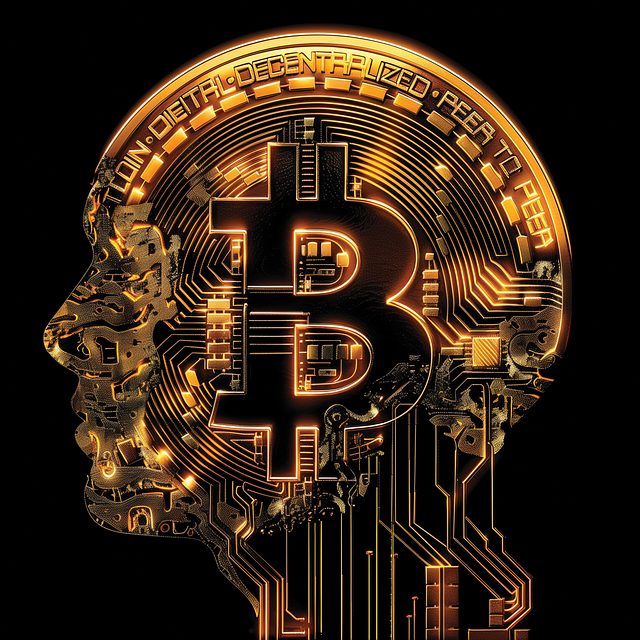
The future prospects of Litecoin payments look promising, especially with its growing acceptance as a viable alternative to traditional currencies. Its fast transaction times and relatively low fees make it attractive for both online and retail purchases. As more businesses embrace digital currencies, Litecoin‘s potential to become a go-to option for everyday transactions increases.
However, challenges remain, including regulatory uncertainty and the need for wider adoption by both merchants and consumers. Volatility in the cryptocurrency market also poses risks, although Litecoin has shown relative stability compared to some other coins. Overcoming these obstacles will be crucial for Litecoin to realize its full potential and compete effectively with established payment methods.
Litecoin, with its rapid transaction times and low fees, has carved a niche in the digital currency space. The real-world adoption of Litecoin for retail and online payments is gaining traction, as evidenced by its growing acceptance by businesses worldwide. Despite challenges like regulatory uncertainty and competition from other cryptocurrencies, Litecoin’s versatility and efficiency make it a compelling option for future transactions. As technology advances, Litecoin’s role in streamlining global payments could become even more prominent, solidifying its position as a leading digital currency.
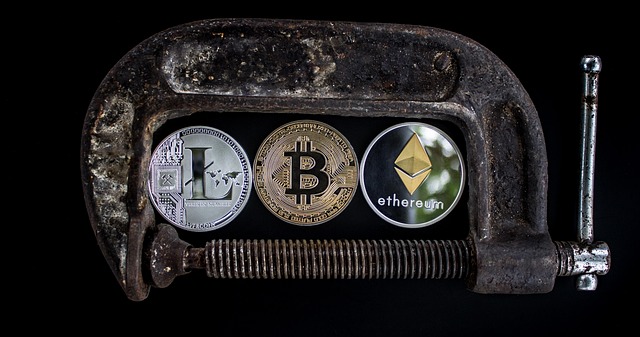






Leave a Reply
You must be logged in to post a comment.